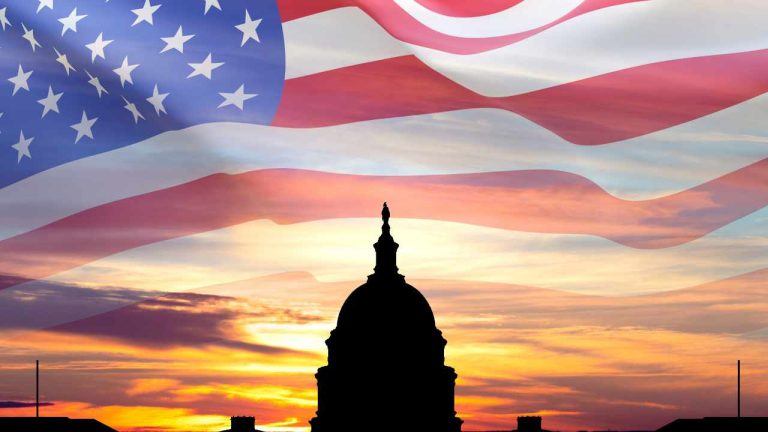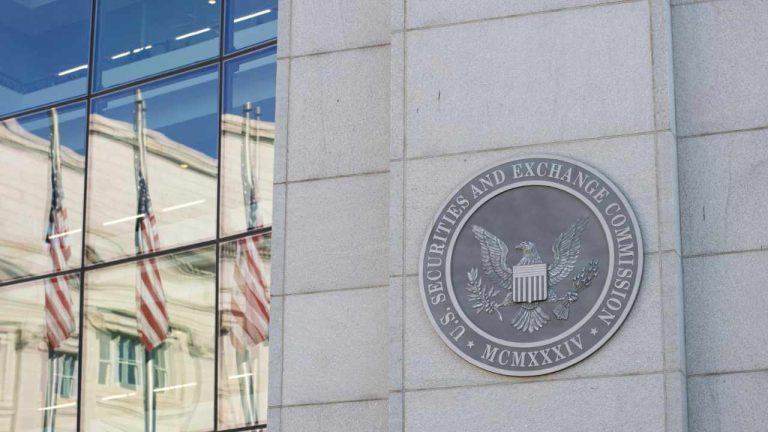Plan kicks off drive for Chicago area transit funding and reform
3 min read

Stakeholders in the transit systems serving Chicago and its wider metropolitan area have delivered a plan to deal with financial shortfalls driven by the COVID-19 pandemic and the “fiscal cliff” coming when the last federal relief funding is spent.
All they need now is the money to pay for it.
The
U.S. transit agencies
The spenddown of federal funds has had an uneven fiscal impact on transit systems, falling harder on agencies that relied more heavily on farebox revenue before the pandemic than those that derived more funding from non-passenger sources like taxes.
The Chicago-area systems are feeling the bite from the former.
Both CTA and Metra were top 10 among U.S. transit agencies for farebox recovery before the pandemic, the PATH report said, with fares covering more than 40% of expenses.
Those fare revenues have declined, with ridership remaining well below pre-pandemic levels.
Commuter rail operator Metra, in the 2024 operating budget
In June, the last month for which the Chicago Transit Authority provides
“With lower levels of ridership and fare revenue expected in the coming years, the region will need to consider a new model,” the report said. “One where fare revenue still makes up a stable source of operating revenues, but at a lower level than before.”
The report paints a picture of a transformed transit system, with more frequent service and the barriers between the three service agencies torn down for riders, in terms of integrated fares and seamless transfers.
To make up for its looming fiscal cliff — an operating budget shortfall the RTA projects as at least $730 million annually in 2026 — the report calls for $200 million in savings through efficiencies, but focuses on bringing in more revenue, suggesting increased state support and a potential raising and broadening of the existing sales tax that supports the RTA.
Additionally, the report suggests additional capital funding for a system that it says faces a more than $20 billion unfunded backlog of investments necessary to maintain the system in a state of good repair.
“Even if the current levels of capital funding are maintained, it will still take decades to eliminate the backlog,” the report said.
The report suggests additional new sources to fund such capital requirements, including higher gas taxes and higher and/or expanded vehicle tolls.
Now the ball is in the court of state elected officials in Springfield.
“We want our transportation network to reflect an equitable plan that will bring much-needed improvements to communities that have faced barriers to affordable, accessible transit for far too long,” State Sen. Ram Villivalam, D-Chicago, a sponsor of the bill that directed CMAP to produce the PART report, said at Thursday’s kickoff event.







